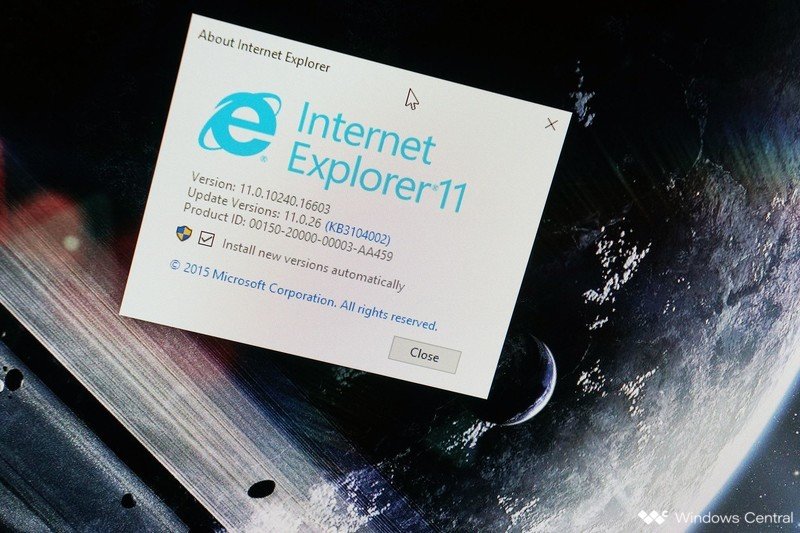Internet Explorer will be retired this summer, and Microsoft is helping organizations transition smoothly to IE mode in Edge.
What you need to know
- Internet Explorer will be retired and go out of support for some versions of Windows 10 within the next three months.
- To prepare for the retirement of the browser, Microsoft has made several improvements to IE mode for Edge.
- Cookies can now be shared in both directions between IE mode and Edge, which is important for certain workflows.
Internet Explorer is only a few months away from retirement. The old browser will be officially retired on June 15, 2022 and will fall out of support for multiple versions of Windows 10. Microsoft gave plenty of notice about the end of Internet Explorer, but some organizations still rely on legacy technology within the older browser. To help ease the transition to modern browsing, Microsoft has rolled out updates to IE mode in Edge.
IE mode in Edge allows organizations to continue to use legacy elements of Internet Explorer but within Microsoft Edge.
Some web applications require support for IE COM objects to work properly. IE mode in Edge now fully supports IE COM objects, helping legacy apps to continue to function.
Microsoft has also rolled out bidirectional sharing for cookies between IE mode and Edge sessions. The ability to share cookies in both directions allows webpages and apps to share data across a session even if one site has to run in IE mode while another runs through Edge. IE mode already supported sharing cookies from modern sites to legacy webpages, but the browser can now share cookies in the other direction as well.
Microsoft shared how the National Australia Bank (NAB) saved thousands of hours by using IE mode for Edge. Previously, employees of the bank had to look at a guide to determine which browser to use with specific apps. The NAB consolidated to using Microsoft Edge with IE mode, removing a layer of complexity.
“Moving to Microsoft Edge boosted productivity by thousands of hours per day collectively across our 34,000 employees,” said General Manager of Workplace Technology for NAB Greg Farmer.

